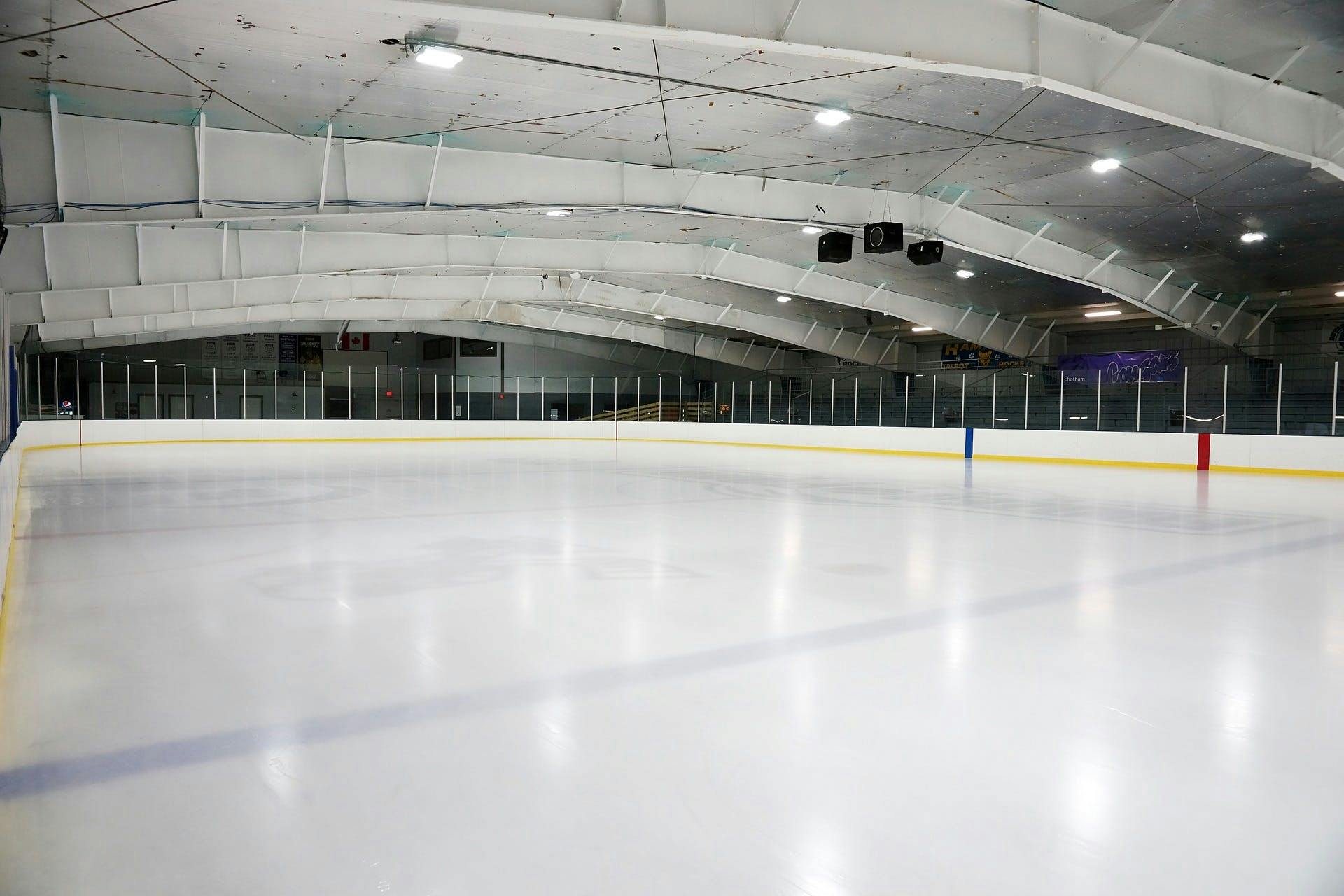For many, the word “shinny” evokes memories of playing pick-up hockey with their friends when they were younger. However, if you aren’t from Canada or the Northern United States such as Minnesota, what shinny is may not exactly be clear. You may know that shinny means an informal game of hockey, but where did it come from? And why is it called shinny?
From Shinty to Shinny
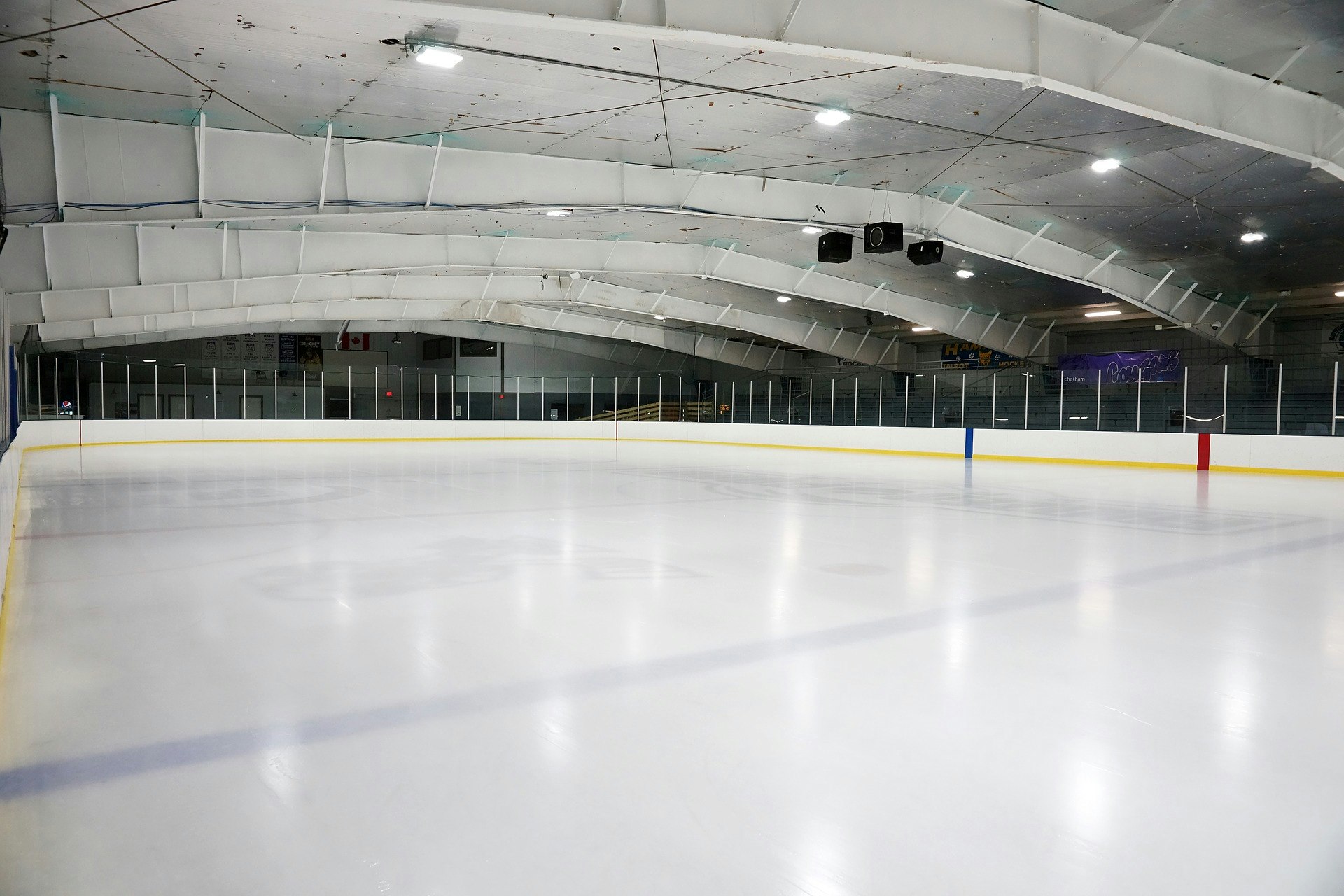
Surprisingly, shinny has actually been around longer than the hockey we’re all familiar with today. Rather than a derivation of hockey, it’s thought to be the precursor. While the first modern game of ice hockey is generally agreed to have been played in 1875, there are references to shinny as far back as the 1700s! There are even potential references dating back to the 1600s, though they use different words to describe the activities being performed and it isn’t quite clear from drawings of these activities how similar they really are to shinny.
The name shinny itself is thought to be a derivation of shinty, which is a Scottish game that resembles field hockey. Since the earliest references to shinny come from the British Isles, it makes sense that it would be influenced by a popular, local game. Over the past couple hundred years shinny has expanded its sphere of influence and is now played everywhere that hockey is too. And even as shinny has grown from that initial makeshift game of shinty played on a frozen pond, to something millions of people of all ages around the world play, the one thing it has always retained is its informality.
Rules (or lack thereof)
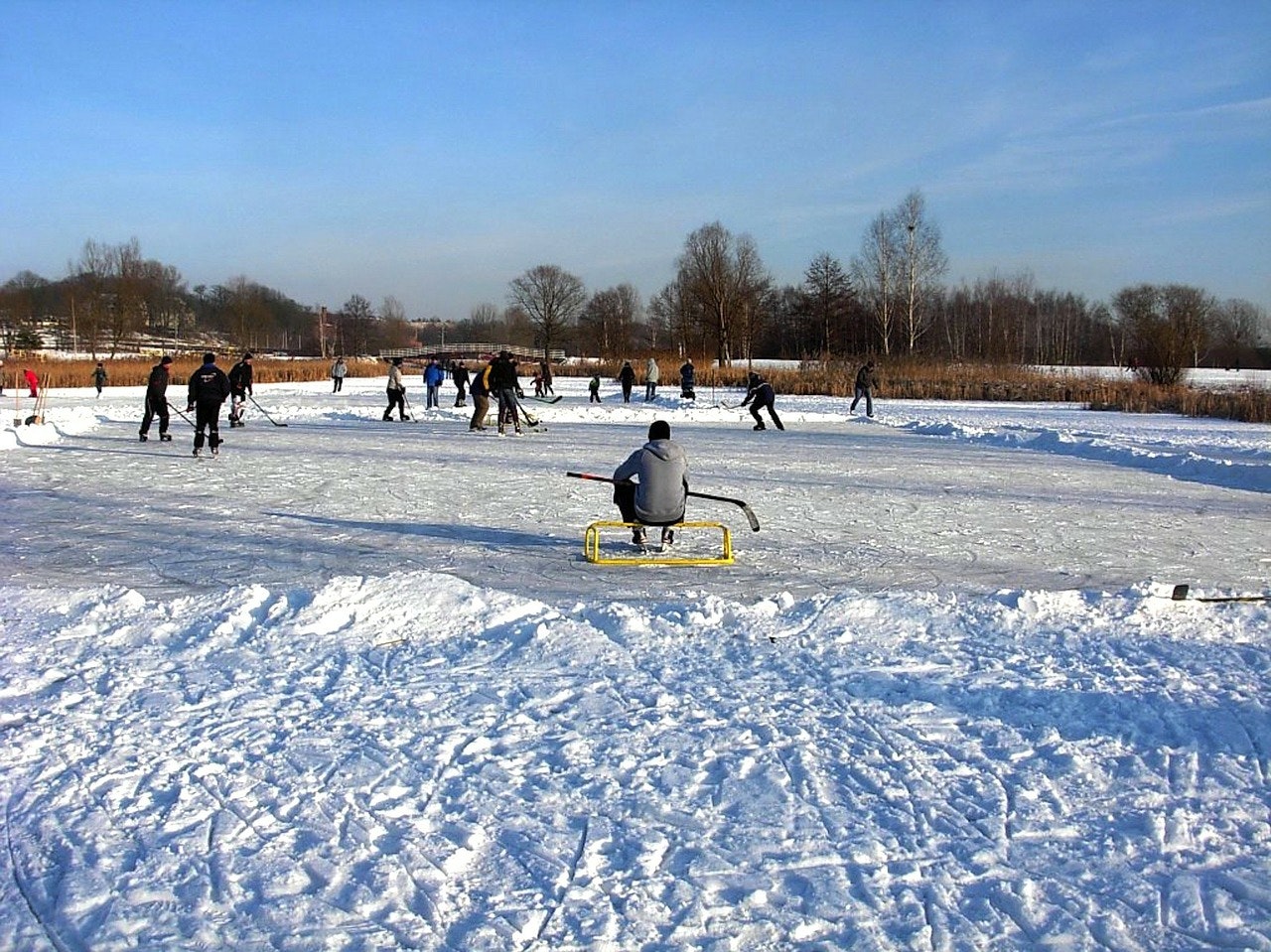
The main difference between shinny and hockey is the informality of the game and general lack of regimentation. This is signified by the fact that there are no referees. In shinny, players are left to govern themselves and determine what constitutes fair play as a collective. This lack of formal rules and referees is a direct result of the game’s origin.
Back when shinny was primarily played on frozen ponds rather than in official rinks, it was much more difficult to stick to a particular ruleset. There often weren’t well-defined boundaries other than the pond’s edge, goals would be little more than the space between two piles of snow, and the equipment could include anything even remotely stick or puck shaped. This is also why there are no face-offs in shinny. It’s difficult to determine when something is out of bounds or where play should resume when there are no boundaries.
Teams are often assigned either at random or by attempting to disperse the skill of the players evenly across both sides. Positions are also not necessary in shinny, including that of the goaltender. However many leagues opt to have positions, or at the very least goaltenders, because it helps make the game less chaotic and more closely resemble professional hockey. But even though shinny leagues may imitate professional hockey in some ways, they are inherently different when it comes to rules regarding safety.
No Contact
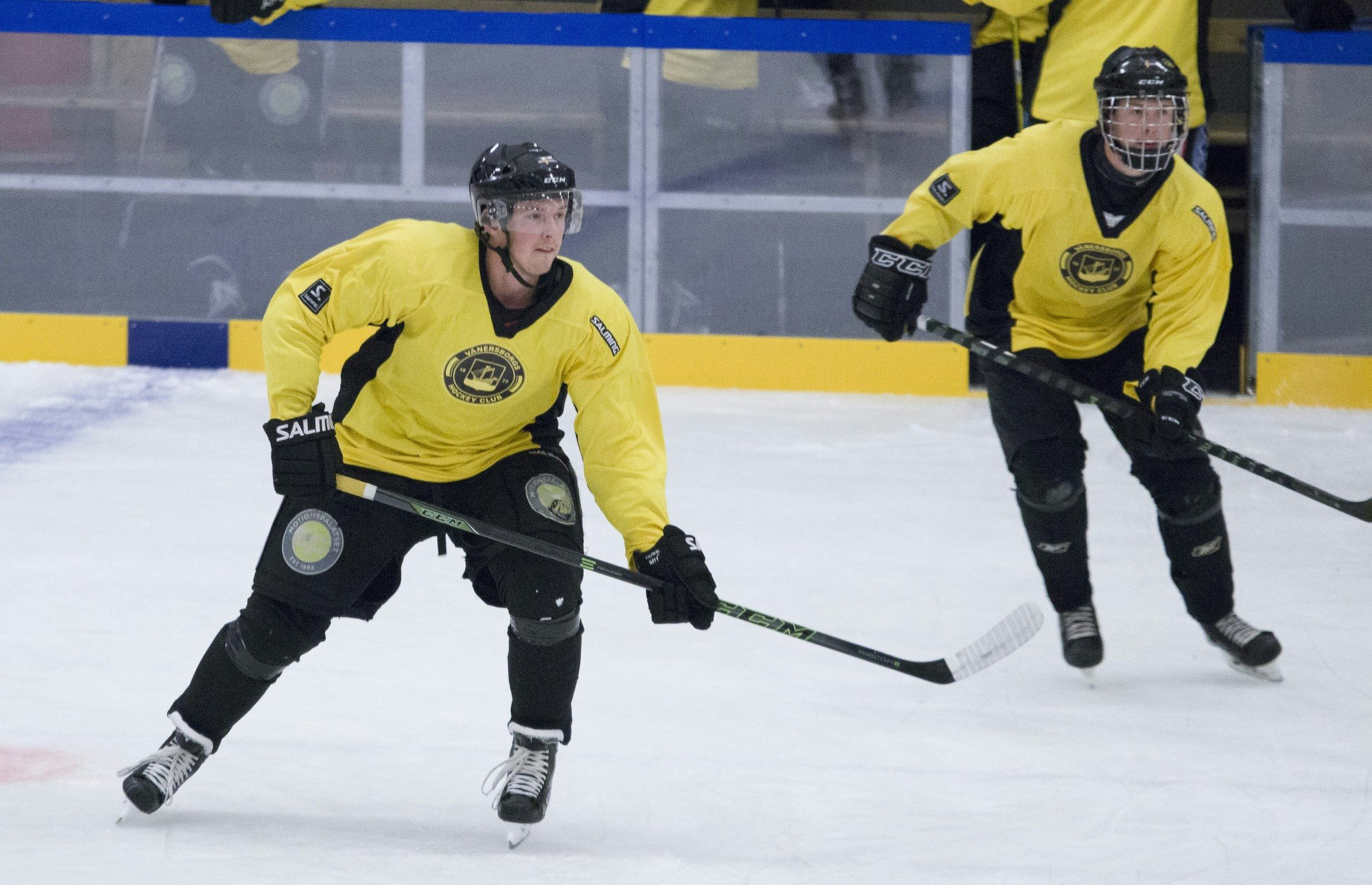
At face value, the biggest rule change between hockey and shinny is the removal of checking and most other forms of physical contact. Originally there were even rules against slapshots which cause the puck to leave the surface of the ice. This was due to the fact that not all players wore protective gear in the early days of shinny, but now helmets and other pads are commonplace. This lack of protection early on in shinny’s inception is also the reason it originated as a no-contact sport. In today’s world where we increasingly want sports to be safer, it’s interesting to think about how professional hockey actually increased the danger posed to players by adding checking into the sport.
But if hockey took the jump to becoming a contact sport, why didn’t shinny? The answer is actually pretty simple, getting injured isn’t fun. Shinny is meant to be a recreational activity that can be enjoyed by players of all ages and skill levels, and the inclusion of contact such as checking would fundamentally alter that basic principle. However, the lack of contact present in shinny doesn’t take away from the game. There are plenty of other ways to get the puck away from the opposing team without sending one of their players into the boards.
Conclusion
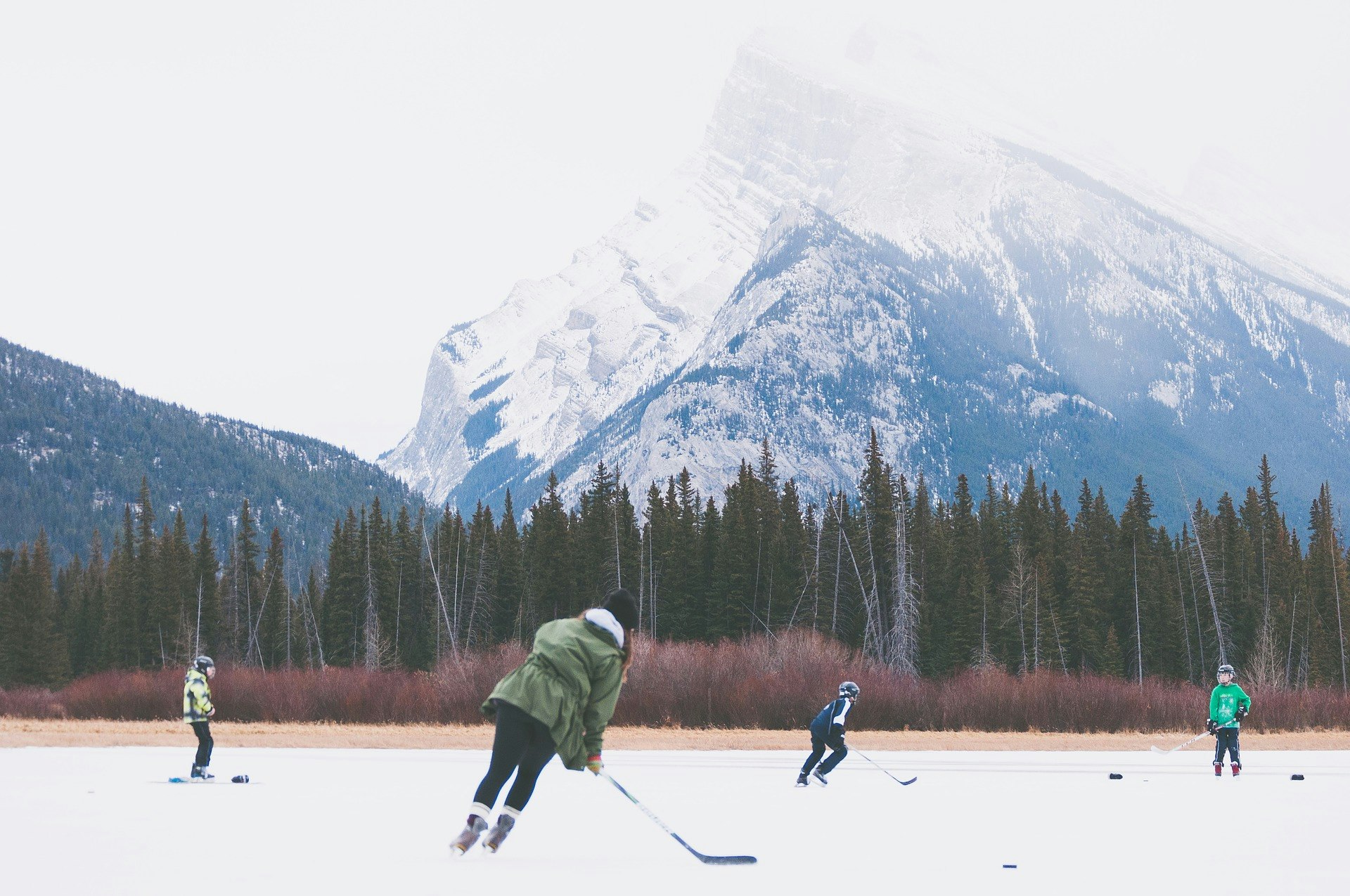
Shinny has been around far longer than most people realize. It isn’t an informal version of hockey, but rather hockey is a formal version of shinny. From its humble roots as a derivative of the Scottish shinty, to the more regulated version played by millions around the world today, shinny has held onto its founding principle of being a sport that anyone can participate in at any level.
And even professional hockey has taken a page out of shinny’s book in recent years. While their matches are still highly regulated, the NHL has incorporated a few outdoor games into each season ever since 2008. They may not be playing on ponds, but it seems the outdoor venues have benefited from the nostalgia factor of shinny as the three most recent NHL attendance records were all set during these matches.
Shinny USA
Are you itching to play some shinny now that you know its history and what it’s all about? Then sign up with Shinny USA today! We have adult pick-up hockey (shinny) leagues that cater to a variety of age groups and skill levels. With scheduled events every day of the week, there’s plenty of shinny action to go around!
